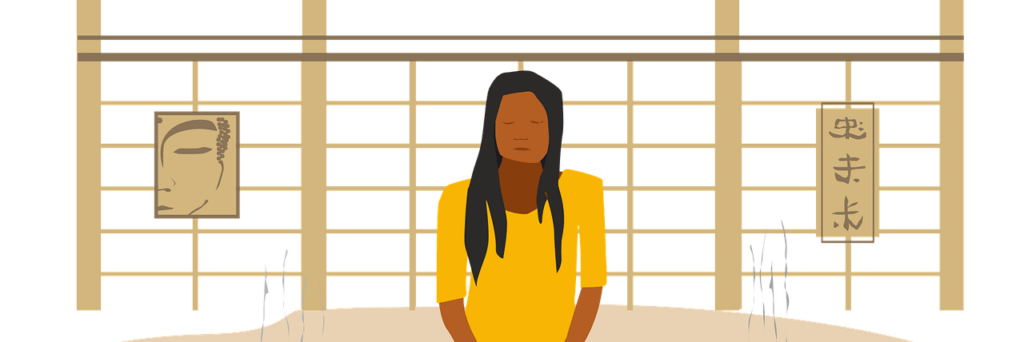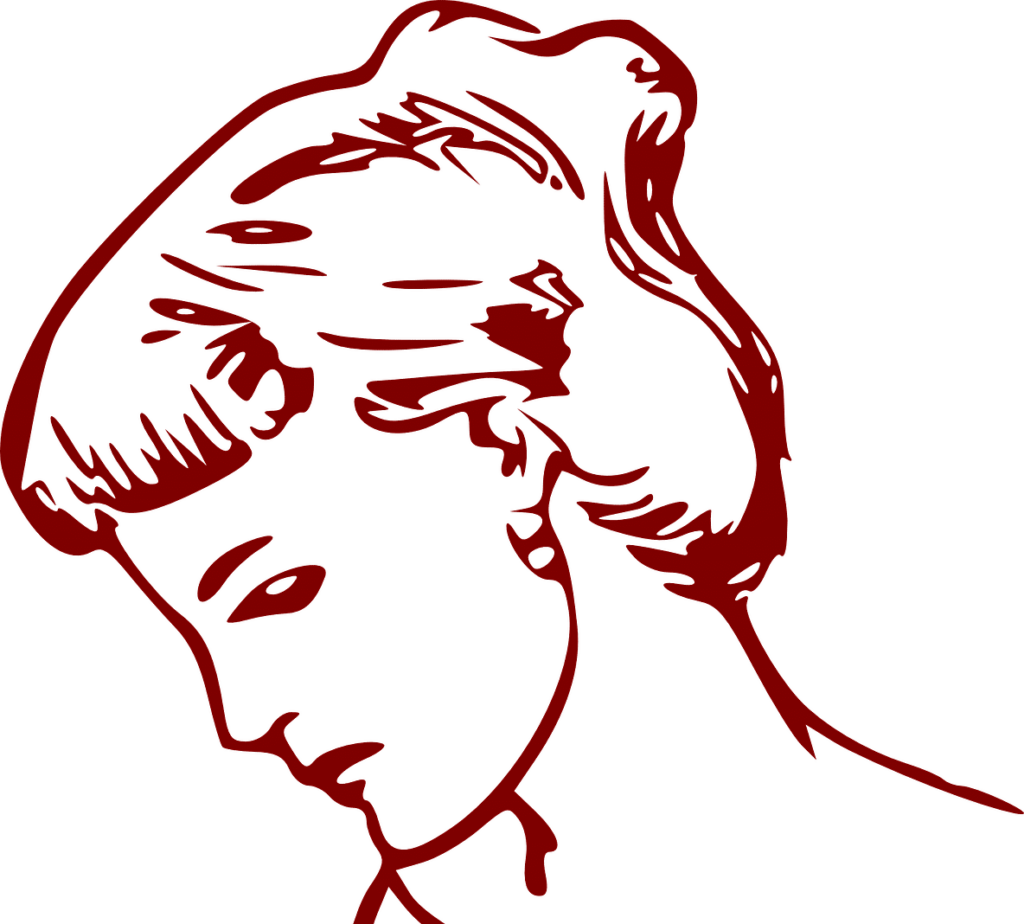
Let’s talk about “Self Myofascial Release” aka MFR.
Over the past year and a half, I have incorporated MFR into my private yoga and personal training sessions with my clients. I have seen and have and experienced outstanding results with MFR over time for both my clients, students and myself.
So why do people use foam rollers, tennis balls, or other MFR tools on their bodies?
I hope this post helps bring some clarity and also busts the myth that this is meant to be “self torture” – it’s absolutely not and in fact is quite the opposite!

What’s Fascia?
First, let’s have a brief overview of what fascial system is in the body.
Fascia is connective tissue that is found throughout the body, come in layers, and cover and connect nearly everything inside of us. It’s a communication system, is highly innervated (it has lots of nerves – second only to the skin), and helps bring structure to the body. Fascia is 5x’s as strong as steel and yet can adapt and change shape depending on the demands imposed upon it.
It’s a very intelligent system as it distributes tension in the body and its overall health is key in musculoskeletal injury prevention.
Want to know more? Start by checking out Dr. Robert Schleip‘s wor

What is MFR?
Myofascial release (MFR) or self myofascial release is a form of self manual therapy (manual therapy = like what physical therapists/physios and massage therapists do).
Utilizing various tool, MFR involves the application of a low load s, long duration stretch to the myofascial complex, intended to restore optimal length, decrease pain, and improve function.
Yes all that foam rolling and lying on tennis balls that you’ve seen is part of this.
Benefits
The top reasons why I focus on facial health in both yoga and exercise is due to the increase in body awareness and parasympathetic (“rest and digest”) tone it can immediately put us into. Not only does it break up adhesions in the facial layers and help increase joint ranges of motion, MFR is also outstanding for recovery and self awareness.
MFR promotes hydration of tissues, induces the parasympathetic response in the nervous system (rest mode!), is good for trigger points (areas of soreness and tension), and can help build a balanced body that moves efficiently.
It feels great too and doesn’t need a lot of fancy equipment nor does it take a lot of time. YAY for this!

MFR Tools
While you don’t need fancy or expensive tools using a tool for self MFR is important. Here are some such tools, but you definitely don’t need all of these:
- MFR balls
- Yoga blocks
- Foam roller
- Tennis balls
- MFR stick, rollers, recovery rounds, lacrosse balls, blankets, yoga bolster, pillows etc.
Be creative with tools and use what you’ve got on-hand. For example you could also just use the corner of a wall (go easy) or even just your own body! For example, laying on the floor & rocking hips back and fourth is a form of MFR release too
Remember: use of props is intended to help you to relax; not to send signals of stress. There is no benefit to “digging in” to “break up” fascia or adhesions. It just doesn’t work that way.
Read on for a few techniques and clarity on why we don’t need to use aggressive pressure nor crazy bumpy foam rollers – this isn’t torture.
MFR Techniques
We are focusing on the top three techniques here, but know there are many more techniques that can be done with MFR.

Compression
The best MFR technique for self-study, building awareness, investigation
Good for: trigger points (tension and sensitive areas in the tissues) and inducing the parasympathetic response – our “rest mode”. Discovering where areas of tension are and witnessing the relaxation response.
How: Position body weight on top of the ball or other prop for 20 – 60 seconds, lying still. Make sure you feel comfortable and do not irritate the tissues. Sometimes rolling first to discover areas of tension comes first, then compression.

Rolling
The rolling technique means going with the tissue to bring hydration. It’s like you’re “combing” the tissues by going slowly.
Good for: investigative (discovering where there may be areas of tension), circulation, hydration, lymphatic/venous return where we “rinse and flush” out byproducts and stimulate the immune cells response.
How to: Roll up & down over a ball, balls or a foam roller, with slow, small movements, only going a few inches, going with the direction of the muscle fibers

Cross Fiber
The cross fibering technique means using your tool to go across or perpendicular to the muscle fiber which helps adhesion breaking down, and of course, hydration.
Good for: going deep and more specific in the fascial layers, breaking up adhesions, stimulating fibroblasts to lay down orderly waves of collagen, hydration
How: Rocking the body side to side over an MFR tool like a ball or foam roller against the direction of the muscle fibers; good to pause at conclusion of cross fiber with compression
Goals and key principles for doing MFR
Here’s a short list of how to go about MFR:
1 Self study, sit, pay attention, enjoy
2 No pain, not attacking
3 Not looking for or chasing pain – More isn’t more.
4 If it hurts, reposition yourself until it doesn’t by supporting bodyweight – cover implements with a blanket, etc.
5 This is meant to be calm, relaxing. When we induce a relaxed nervous system – calm, resting and at ease – our tissues will follow
6 Investigation is key as you develop how to listen to your body’s communication system with you.
7 Not supposed to have soreness days after. If so, back off the next time.
8 Ask your medical doctor first before doing MFR. Anyone who isn’t approved to receive a massage, should not be doing MFR.
9. Go for about 30-60 seconds per muscle group. (Start with the glutes and feet is my recommendation!)
As you can tell, I’m a MFR fan for great balance, recovery, stress reduction, body awareness and overall wellbeing. It’s a great, inexpensive and requires relatively short sessions.
Reach out if you have questions about any of this (info@collabfitness.com).
Better yet, let’s do a private session where you can learn these techniques and do them on your own for years to come!


